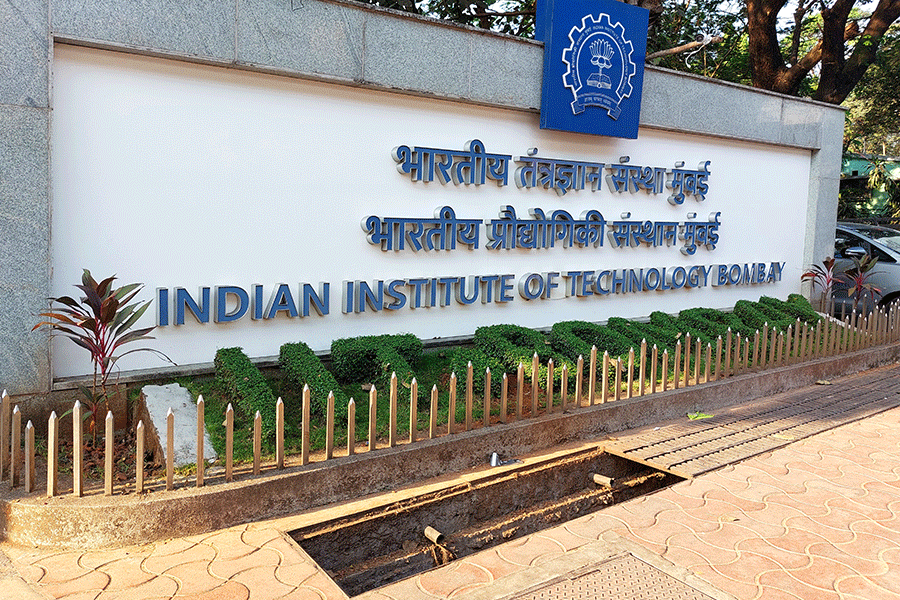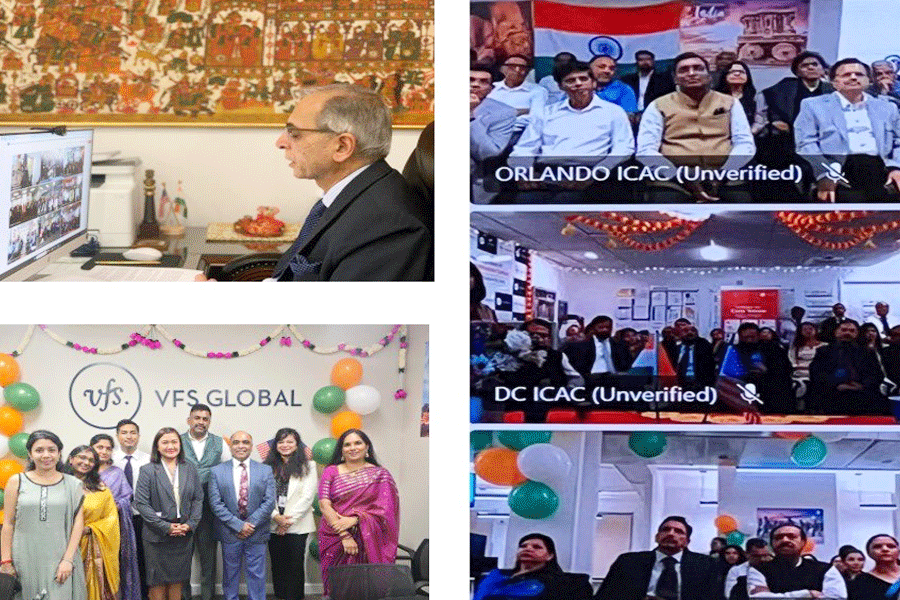New Delhi, Aug. 30: The data on poverty and other parameters for northeastern states provided by the National Sample Survey Organisation (NSSO) has proved to be “unreliable”, forcing the Planning Commission to come up with its own estimates, based mainly on trends in Assam.
What this means is that the actual situation of the eight northeastern states, including Sikkim, is not taken into account in the national poverty analysis by the commission.
“The consumption data collected by the NSSO on the Northeast cannot be relied upon for numerous reasons and the main reason being their fluctuating and inflated nature compared to other states,” adviser to the Planning Commission Pranab Sen has said.
Of the eight states in the region, the NSSO does not have branches in Tripura, Meghalaya, Arunachal Pradesh and Nagaland. So the only option is to rely on the state agencies which, as NSSO officials said, are found wanting in many respects. For one, these agencies are always under pressure from their governments to come up with inflated data with a view to garnering more funds from the commission, sources said.
The commission, however, does not agree that such superimposition might result in skewed policies. “It may be safely assumed that there will not be much difference in the data between Assam and the other states and so there is no question of coming out with policies that would be completely out of touch with the ground reality,” Sen added.
But even where the NSSO has branches, the sample distribution is not adequate for a statewise estimate. “Resources at the NSSO’s disposal are limited and additional manpower is required urgently in the Northeast to increases the sample size,” an official said.
Another problem is the ignorance of local conditions by officials conducting these surveys, who mostly belong to other regions and linguistic groups.
There is no doubt that largescale distortion of actual facts creeps in such superimposition of data. For example, the state Human Development Report (HDR) prepared by Sikkim does not tally with the national HDR of the commission.
The latter is of the view that poverty ratio in the state increased from 36 per cent in 1987-88 to 41 per cent in 1993-94, before coming down again to 37 per cent in 1999-2000.
On the other hand, Sikkim has reported some progress in the state between 1973 and 1994, including growth in per capita income.










